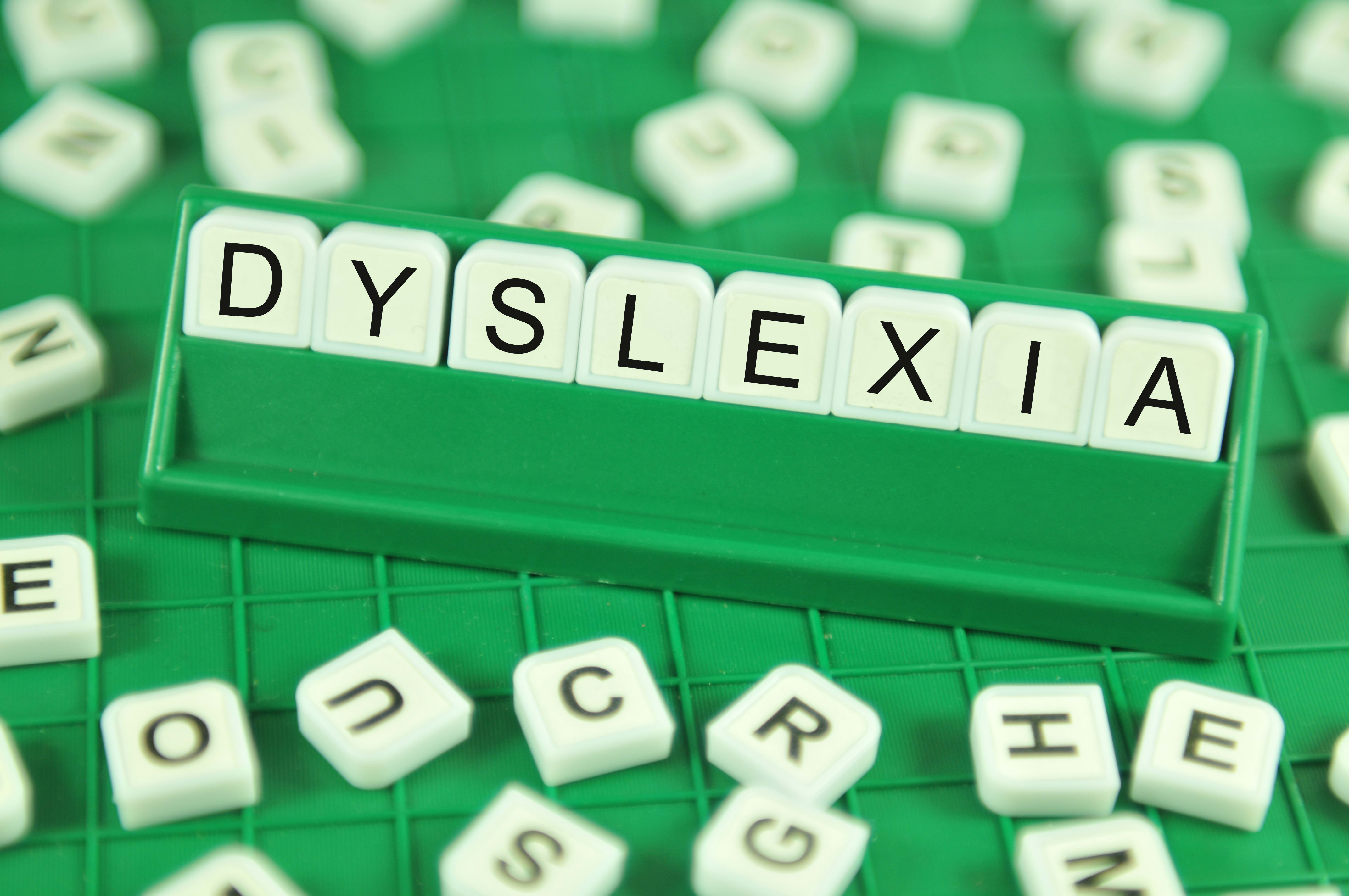IF YOU had to guess how many children out of 100 have attention deficit hyperactivity disorder (ADHD), what would you say?
What about autism? Dyslexia?
According to the US Centers for Disease Control and Prevention (CDC), as of November 2013, up to 11 percent of children have been diagnosed with ADHD.
Also according to the CDC, about 1.5 out of 100 children have been identified as having autism.
And according to an ongoing Yale University study begun in 1983, which follows kindergarten children in all public schools in Connecticut, one in five children have dyslexia.
Surprised? It turns out that dyslexia is the most common learning disability. However, it is often not diagnosed. This is especially true in Israel, where in some cases the word dyslexia isn’t even on the evaluation sheet as an option for the clinician to choose. The result is that many children who have dyslexia (which is not reading letters backwards, but more on that later) are not diagnosed and do not get the help they need. As a result, they fail in school and all that comes with it.

Dr. Rinat Green, a staunch advocate on behalf of children with dyslexia in Israel, has made it her life’s work to change reality for them. She estimates that a large number of street kids could have been saved had they been properly diagnosed and treated for their dyslexia.
DYSLEXICS ARE far from stupid. These children are bright, creative and intelligent. However, with schoolwork
so focused on reading and writing, they fall behind, regardless of how smart they are.
In Israel, with 30 kids in a class, there are on average five or six children in every classroom with some form of dyslexia, from mild to profound.
While dyslexia is completely treatable, if children are not diagnosed properly they will immediately fall behind. They will feel that there is something wrong with them, and their confidence and motivation will sink. Once they fall behind, if they remain undiagnosed and untreated, they will, in all likelihood, fail. In fact, 35 percent of people who have struggled with dyslexia are in jail.
However, another 35% are highly successful. Albert Einstein, director Steven Spielberg, CNN presenter Anderson Cooper, financial entrepreneur Charles Schwab and the actors Whoopi Goldberg, Daniel Radcliffe, Jennifer Aniston and Keira Knightley are just a few of the many dyslexics you might know of.
Many of us think of dyslexia as seeing letters switched or backwards (thank you, Hollywood), but in fact it is a weakness in phonemic awareness – knowing that words are made up of different sounds, being able to take them apart and put them back together. For example, we know that c-a-t is three separate sounds, not one. For dyslexics, this is not clear. By kindergarten, 80% of children can separate a word into distinct sounds. The other 20% need to be focused on – even before reading is in the picture.
Studies have shown that with proper intervention, the parts of the brain that don’t work exactly as they should can be improved, and the difficulty reversed. However, this needs to be done before age nine if it is to be done without tremendous effort.
How can you know if your child has dyslexia?
Look out for their language development. They might be slightly late in speech and have a smaller vocabulary than most. Their rapid automotive naming, the ability to name pictures and letters, might be delayed. They might say “pisgetti” instead of spaghetti, and “hopsital” instead of hospital. They also might have trouble bringing out the words they are looking for, known as word retrieval.
In Israel, most teachers are not trained to work with dyslexia. They simply don’t know the right way to recognize and help these children. Often, the children are misdiagnosed and even though they get intervention, it is not the type that will enable them to solve their issue and achieve their potential.
“What I see here is that on every level there needs to be more of an understanding,” says Green, the advocate for dyslexics, who has dyslexic children of her own. “Teachers need to have at least one course during their training specifically dedicated to dyslexia. Laws need to be made to improve the direct service delivery for these children so that the intervention they receive is timely, intensive, direct, explicit and multi-sensory,” she says.
“In every school, there should be at least one staff member skilled in identifying and proper intervention for these pupils. The people doing the evaluations need to be specifically trained in identifying the signs for dyslexia, and write the word ‘dyslexia’ in their reports,” she says.
“Often,” she continues, “the evaluation might report poor reading ability, difficulty sounding out words, difficulty with word retrieval, etc., but the word ‘dyslexia’ is not found in the report. Parents walk away with no more answers for their suffering kids. If dyslexia was more well known and understood, the world for these kids would be different.”
Too often, children remain misdiagnosed and are placed in special-education classes with children facing different issues, from behavioral and emotional to learning disabilities, issues that go far beyond just difficulty with phonemic awareness. In these classes, the dyslexic child’s disability is not addressed. Instead of being taught to overcome their disability so that their reading and comprehension can catch up to their intelligence, they are left to fend for themselves in a class where other children get more attention for their needs.
 Green struggled to get her own children the help they needed. As she crusaded for them, she realized that it was a countrywide problem. She put out ads describing the issues her children were having and asked if others saw similar patterns in their own children. She received so many calls from desperate parents that she founded Kol Koreh to advocate for and assist families with members having dyslexia.
Green struggled to get her own children the help they needed. As she crusaded for them, she realized that it was a countrywide problem. She put out ads describing the issues her children were having and asked if others saw similar patterns in their own children. She received so many calls from desperate parents that she founded Kol Koreh to advocate for and assist families with members having dyslexia.
She has lobbied for classes that cater strictly to kids with dyslexia and language-based issues. In her efforts to make dyslexia better known and for the educational system to deal with it properly, she has come up against multiple barriers and much resistance – resistance to change, to admitting that things aren’t exactly as they should be, and to putting in efforts and funds.
The irony is that treating these kids early costs far less than dealing with them once they have dropped out and given up.
WHILE SPEECH is natural, reading must be taught. It is not something humans are able to do on their own. The fact is, 20% of children are not getting the help they need, in many cases simply because the establishment isn’t willing to change and learn something new. Kol Koreh has identified the need and the solution, but Green says her group requires support to get the ears of those who care about the future of the children in Israel and can make changes in the way they are diagnosed and treated.
The ways to help them are clear and available for implementation. What has been lacking – but hopefully is changing with support for Green’s efforts – is the willingness of the educational system to listen and care enough to improve.
If you feel your child might have dyslexia or if you want to support Kol Koreh, contact Dr. Rinat Green at 052-704-2700 or RGreen@kolkoreh.org. Learn more: www.kolkoreh.org
“Originally appeared in The Jerusalem Post’s In Jerusalem section, July 10, 2016”
The words of this author reflect his/her own opinions and do not necessarily represent the official position of the Orthodox Union.
